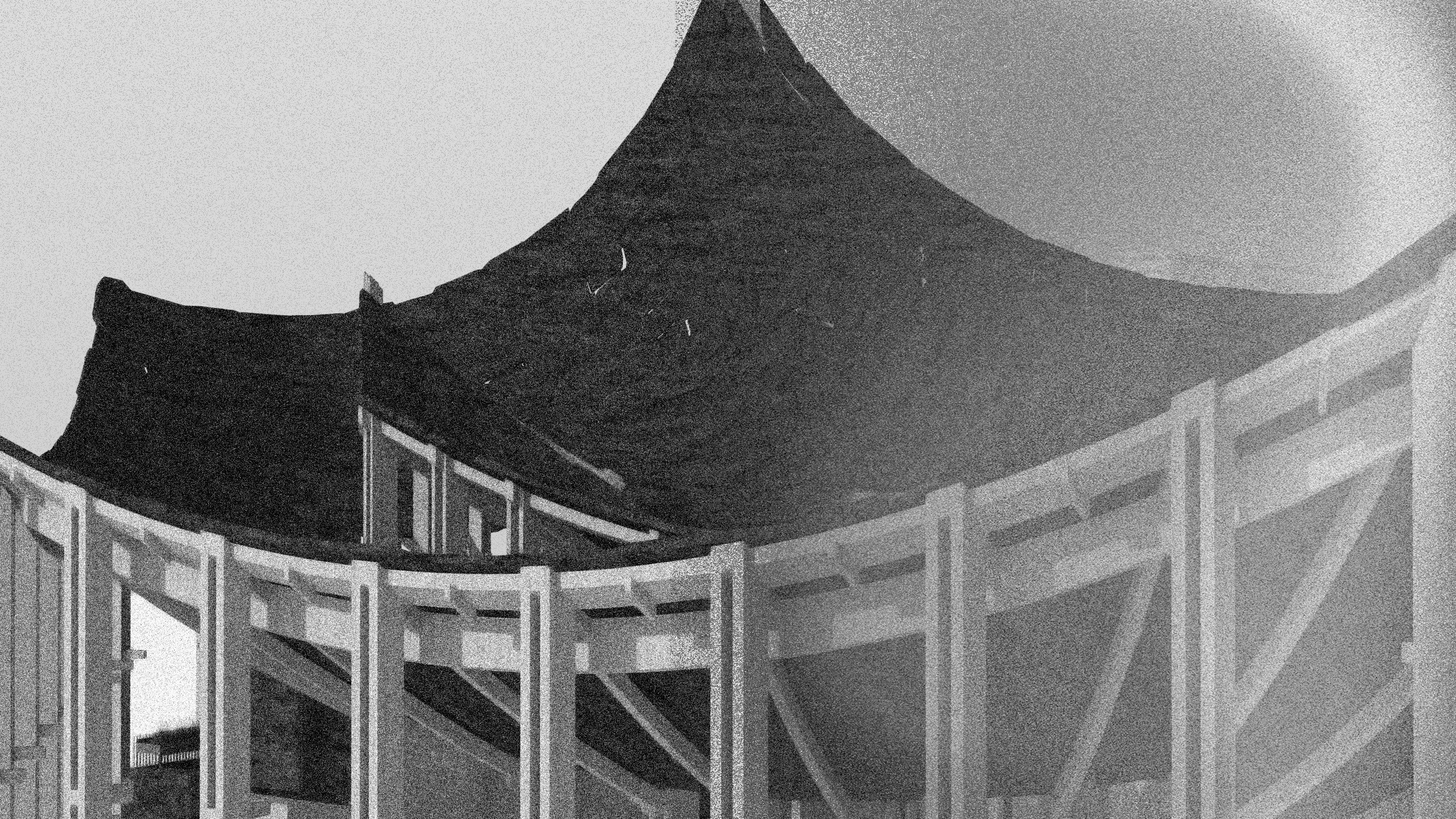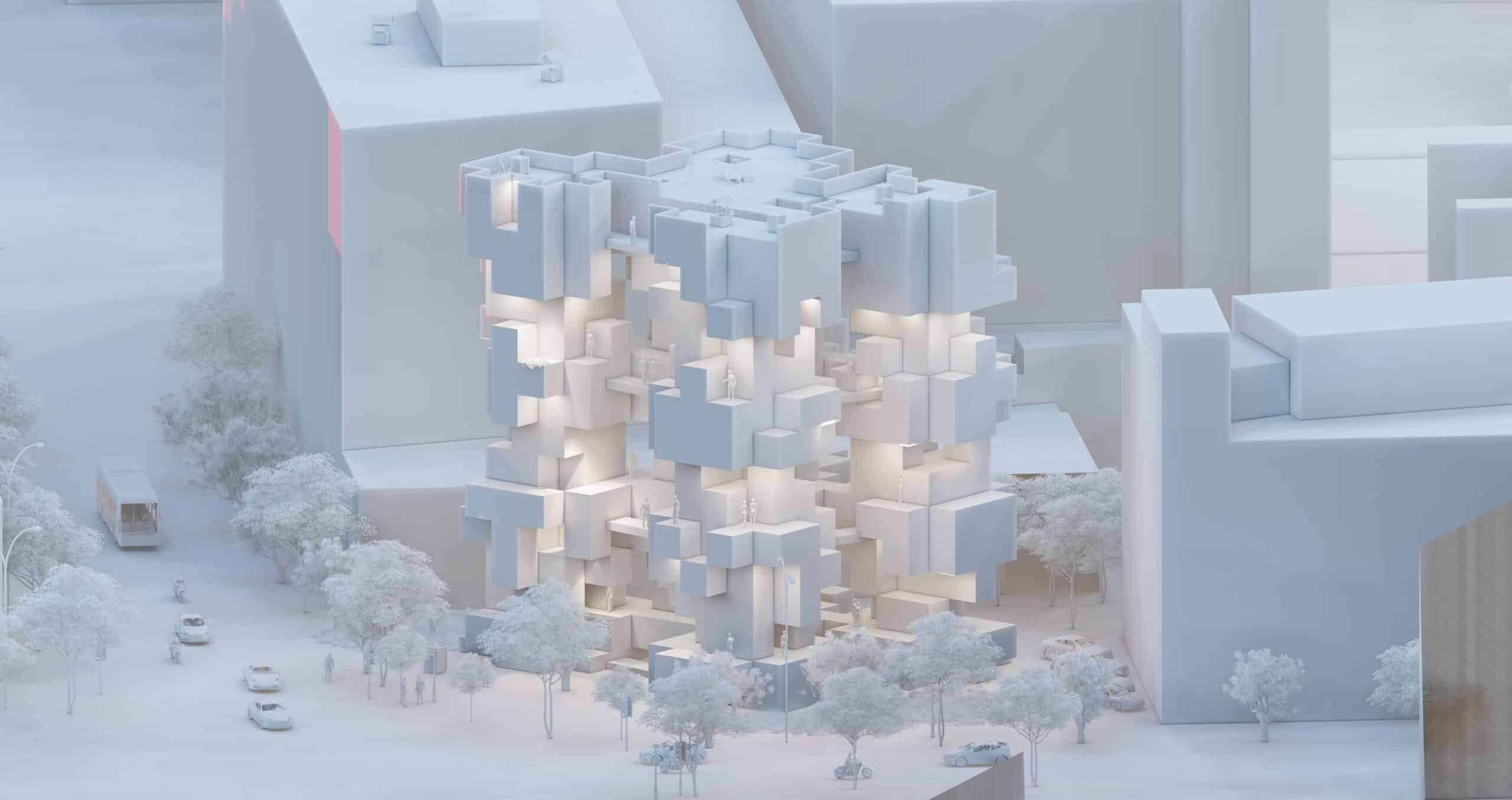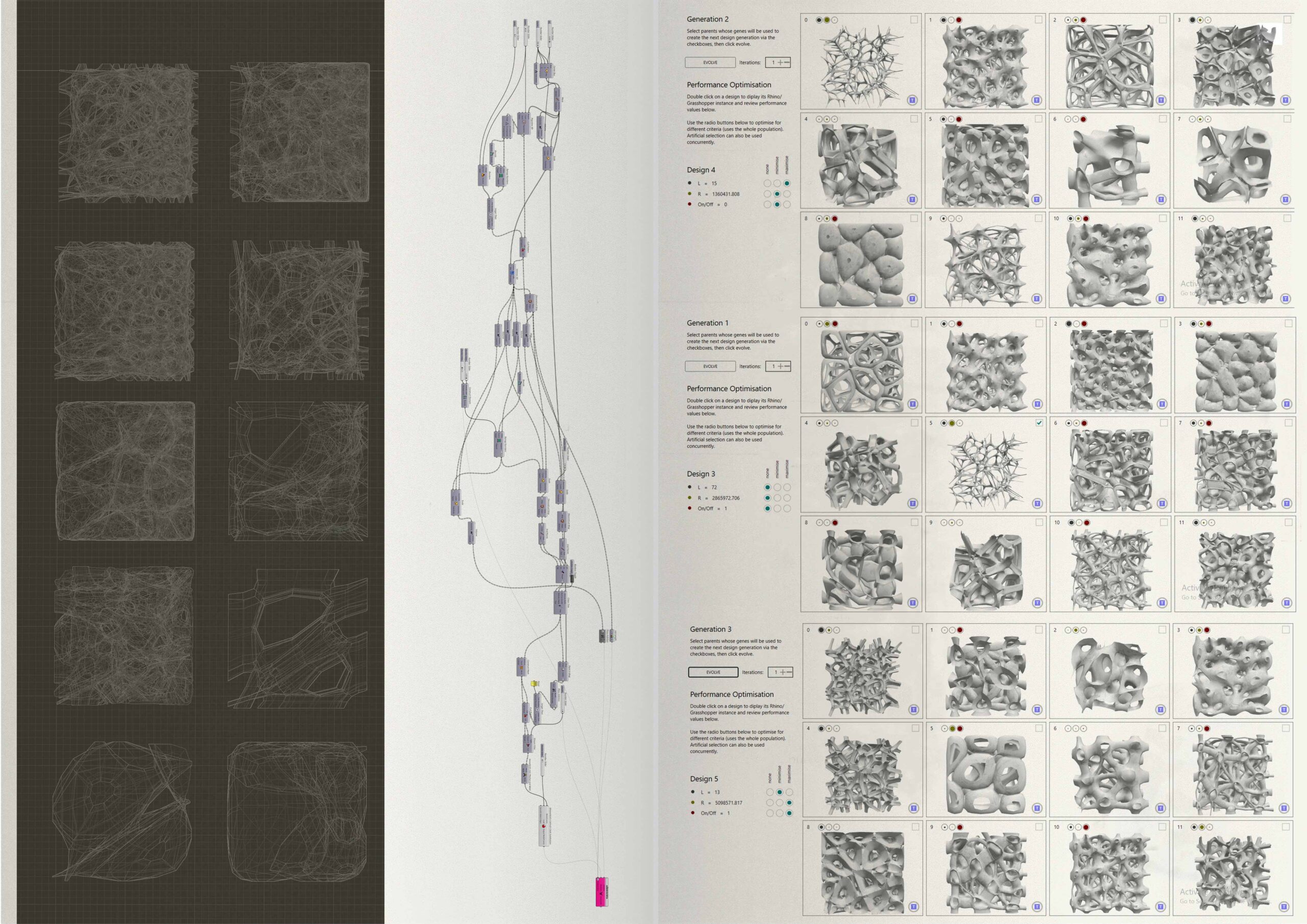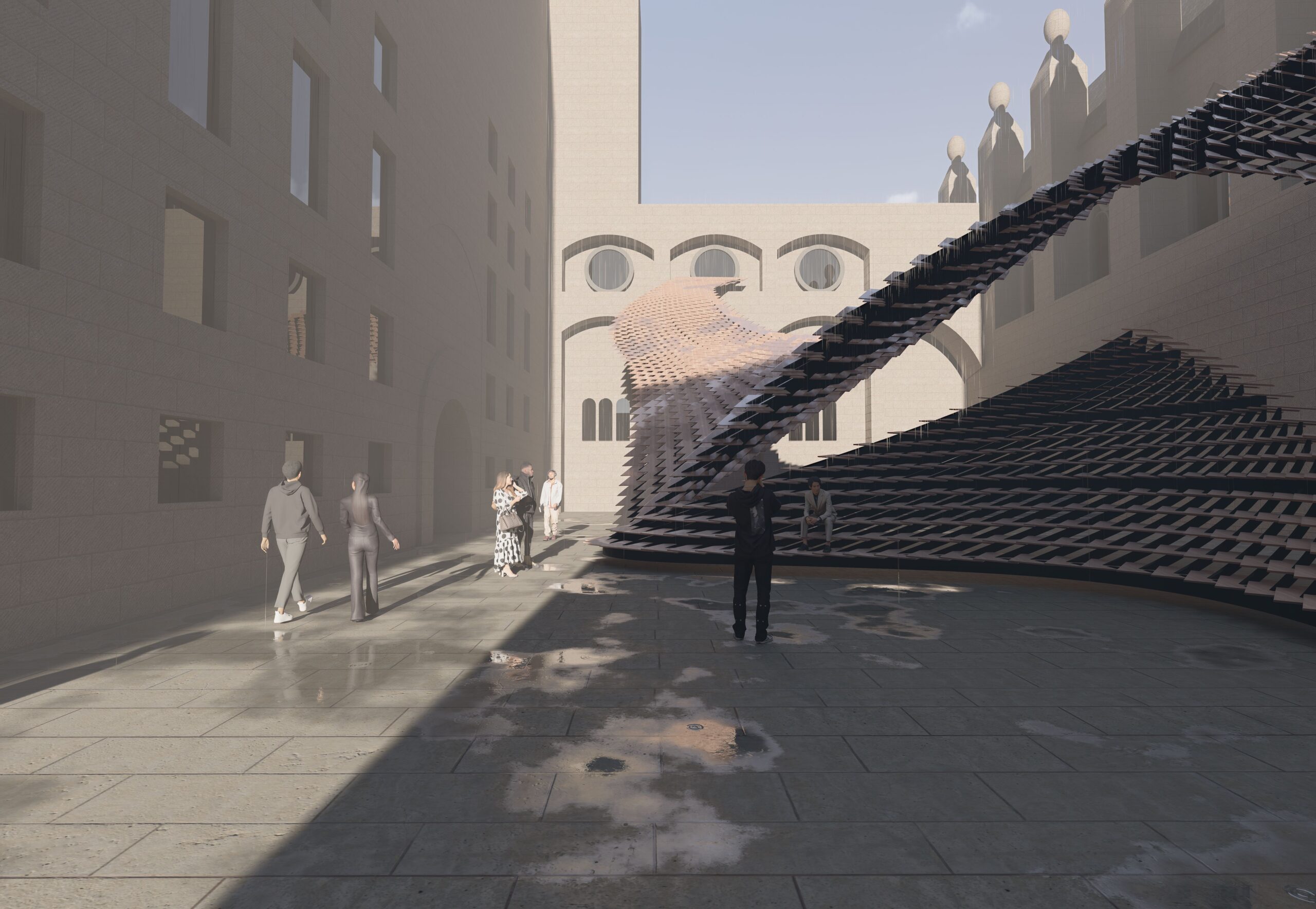Within the current global context of rapid change, integrated with the potentials of digital technologies, IAAC’s Master in Advanced Architecture (MAA) is committed to the generation of new ideas and applications for Urban Design, Self Sufficiency, Digital Manufacturing Techniques and Advanced Interaction.
In this context IAAC works with a multidisciplinary approach, facing the challenges posed by our environment and the future development of cities, architecture and buildings, through a virtuous combination of technology, biology, computational design, digital and robotic fabrication, pushing innovation beyond the boundaries of a more traditional architectural approach.
Course: MAA01 23/24 Computational Design I Seminar Level 2
In computer science, algorithms are habitually defined as fixed and often finite procedures of step-by-step instructions understood to produce something other than themselves. These logic structures interface with data, sourced from any computable phenomena, becoming the basis for a new array of design strategies. The Computational Design Seminar focuses on emergent design strategies based on algorithmic design logics. From the physical spaces of our built environment to the networked spaces of digital culture, algorithmic and computational strategies are reshaping not only design strategies, but the entire perception of Architecture and its boundaries.
view Syllabus & FacultySynthome
This object functions as a sculptural lamp, where the complex lattice of organic openings serves both an aesthetic and functional role. The irregular perforations allow light to escape in unpredictable and dynamic patterns, casting intricate shadows and gradients onto surrounding surfaces. As light passes through the varying densities and scales of the geometry, it diffuses … Read more
Dragon Tail Pavilion
The Dragon’s Tail Pavilion, located in Plaça del Rei, is a parametric architectural installation inspired by the fluid dynamics of the 80Hz Pavilion. This project reimagines the interplay between rotation, movement, and spatial modulation, creating a dynamic flow of geometrically rotating tiles along a curvilinear spine. Using computational design, the tiles are parametrically aligned and … Read more
Fluid Crest
Plaza de la Virreina This project proposes the design of a pavilion located in Plaza de la Virreina, Barcelona, utilizing innovative computational tools to enhance architectural expression and functionality. Drawing inspiration from the vibrant movement and circulation patterns of the site, the pavilion aims to create a dynamic interplay between architecture and its environment. The … Read more






